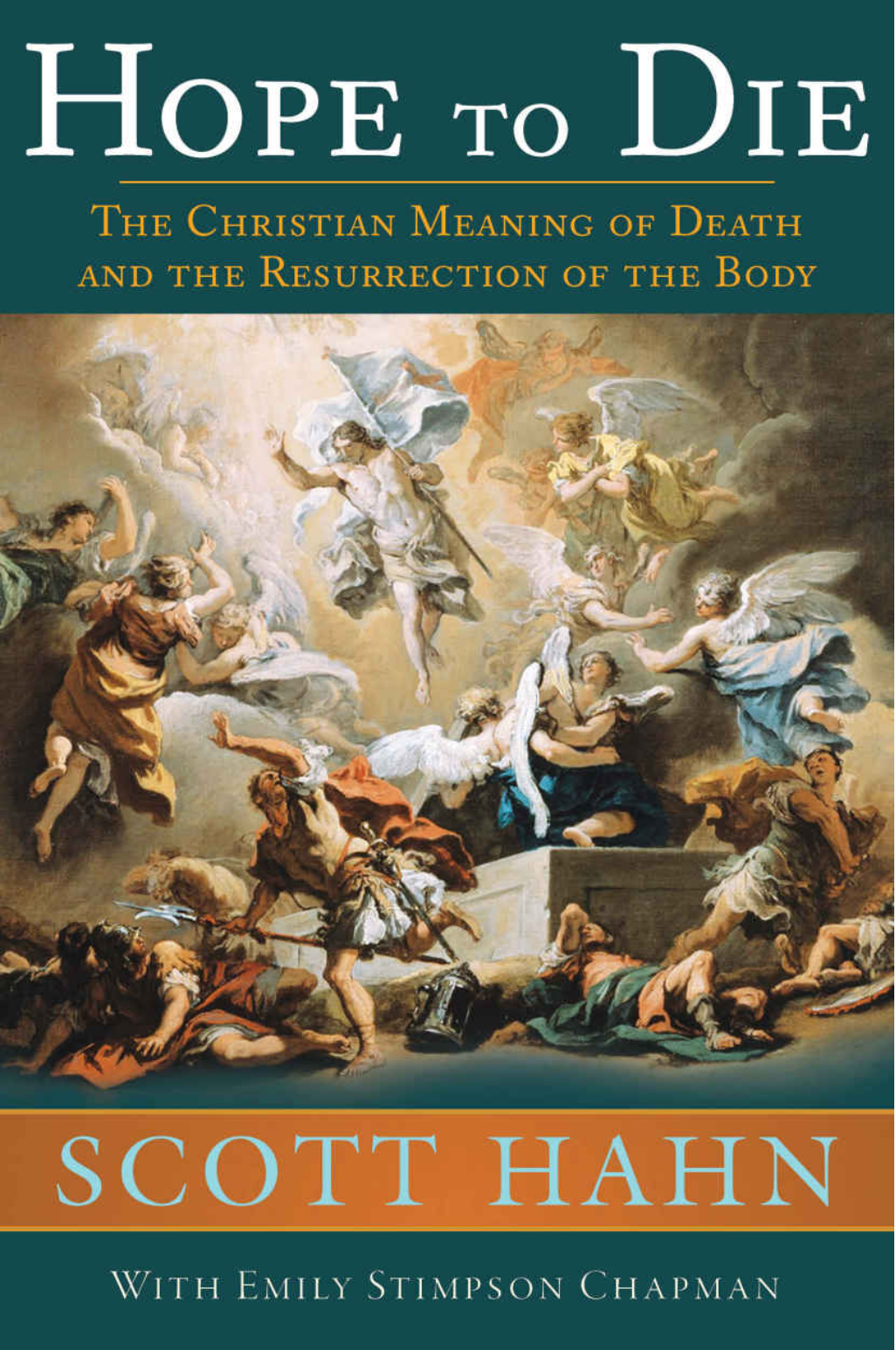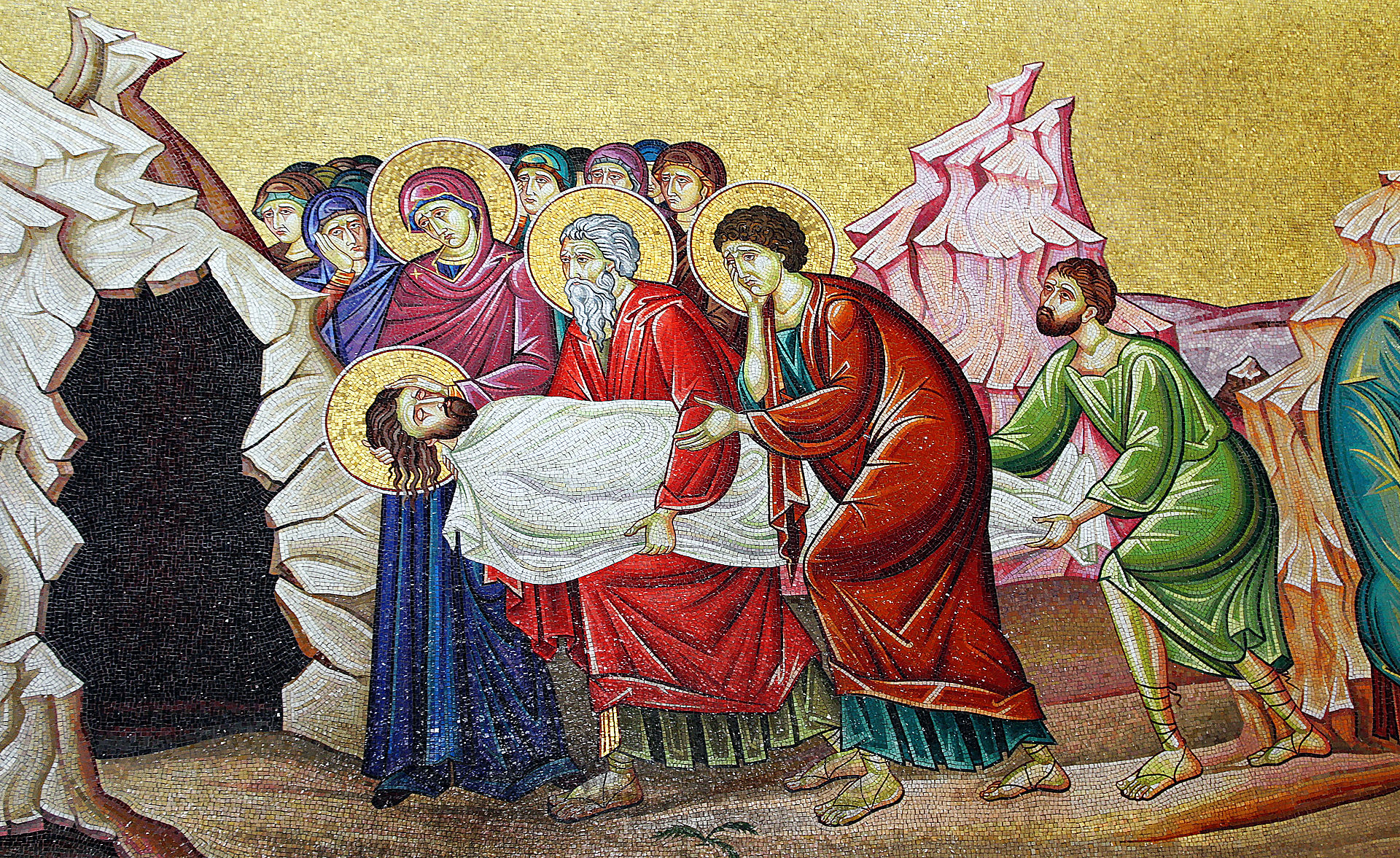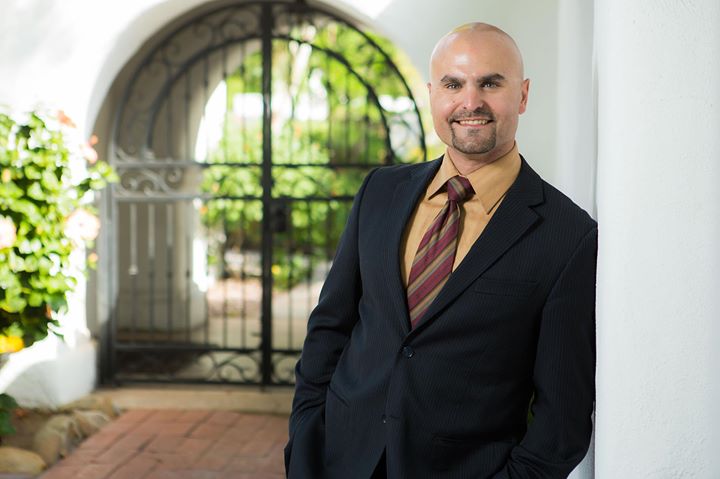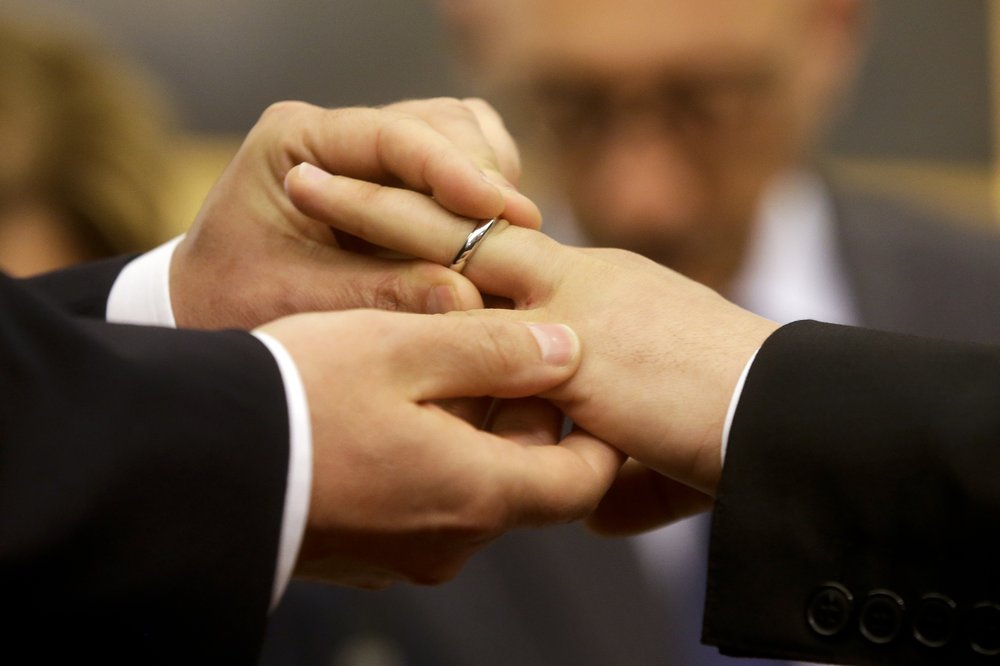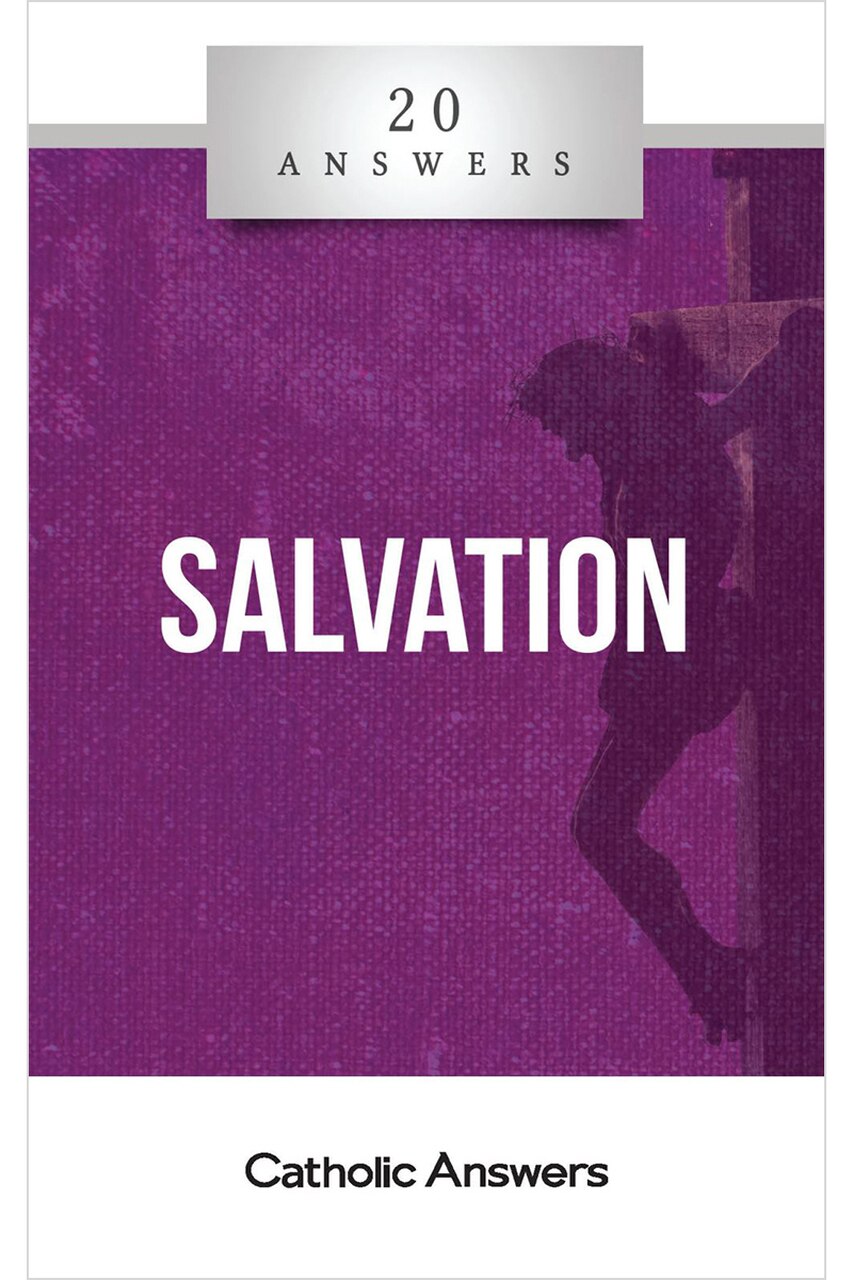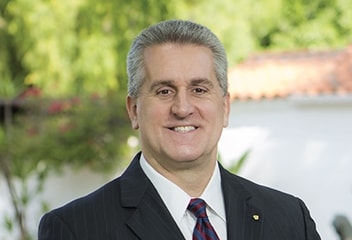“On October 31, 1999, the Catholic Church and the Lutheran World Federation signed a historic document known as the Joint Declaration on the Doctrine of Justification (JD). This document, the fruit of almost thirty years of ecumenical dialogue, without a doubt will be widely misinterpreted in both the secular and religious press. This article is intended to help the reader understand the most important things that the document does and does not say, so that he may better sift through the inevitable misrepresentations.
As scholars from the two communities read each other’s writings, it became clear that the two sides were not as far apart on justification as had been imagined. Some apparent disputes were due to differences of emphasis rather than contradictions of belief.
Since 1972, several Catholic-Lutheran ecumenical statements on justification have been released by local groups, and the degree of agreement has been such that the Holy See and the Lutheran World Federation decided to explore the possibility of issuing a joint declaration on the subject. Beginning in 1994, representatives of the Holy See and the Lutheran World Federation drafted and circulated the proposed text for such a joint declaration. It was finalized in 1997, and the Lutheran World Federation approved it unanimously on June 16, 1998.
Then came a surprise: The Holy See announced that it would be releasing a document titled Response of the Catholic Church to the Joint Declaration of the Catholic Church and the Lutheran World Federation on the Doctrine of Justification (Response). When this document was released a few days later on June 25, it did not endorse the Joint Declaration as it stood but expressed a number of reservations and indicated that certain points needed to be clarified.
This was an embarrassment. The drafting of the Joint Declaration had been a years-long process, and the text had already been finalized. The concerns that were announced on June 25 should have been brought up and the corresponding clarifications given before the Lutherans went out on a limb by voting to approve the declaration.
Though the Lutherans were taken aback by the Holy See’s sudden reticence, they summoned admirable tact to discuss the requested clarifications. The result was the drafting of an Annex to the Joint Declaration (Annex), which the two parties released the following year on June 11, together with the announcement that the formal signing of the Joint Declaration would take place October 31, 1999, in Augsburg, Germany.
Despite the embarrassing nature of the incident leading to the Annex, it demonstrates that the Joint Declaration is not the product of false ecumenism. The fact that the Holy See was willing to pursue a last-minute course of action so painful to both sides, and not proceed until clarifications were made, shows that the Holy See was determined that the document accurately reflect Catholic teaching.
The Big Picture
The Joint Declaration expresses its general conclusion a number of times, but perhaps most clearly when it says:
“The understanding of the doctrine of justification set forth in this Declaration shows that a consensus in basic truths of the doctrine of justification exists between Lutherans and Catholics. In light of this consensus the remaining differences of language, theological elaboration, and emphasis in the understanding of justification described in paragraphs 19 to 39 are acceptable. Therefore the Lutheran and the Catholic explications of justification are in their difference open to one another and do not destroy the consensus regarding basic truths. . . .
“Thus the doctrinal condemnations of the sixteenth century, in so far as they relate to the doctrine of justification, appear in a new light: The teaching of the Lutheran churches presented in this Declaration [emphasis added] does not fall under the condemnations from the Council of Trent. The condemnations in the Lutheran Confessions do not apply to the teaching of the Roman Catholic Church presented in this Declaration” (JD 40-41).
In the 1500s the Council of Trent was faced with a bewildering array of mutually contradictory Protestant ideas on justification. What the Council did was to condemn the gravest errors, regardless of which Protestant or group of Protestants was advocating them. As a result, the condemnations issued by Trent did not, as a body, apply to any one Protestant or school of Protestantism.
Thus Trent never intended some of its condemnations to apply to Lutherans. The dialogue that has taken place since Trent has revealed that additional condemnations-which do condemn doctrinal errors regarding justification-do not apply to the teachings of Lutherans, at least not the Lutherans signing the Joint Declaration.
One of the most important sections in the Joint Declaration is titled “Explicating the Common Understanding of Justification.” This is the “meat” of the document when it comes to clarifying contentious issues, and it is divided into seven parts: (1) Human Powerlessness and Sin in Relation to Justification, (2) Justification as Forgiveness of Sins and Making Righteous, (3) Justification by Faith and through Grace, (4) The Justified as Sinner, (5) Law and Gospel, (6) Assurance of Salvation, and (7) The Good Works of the Justified. Let’s look at each of these.
1. Human Powerlessness and Sin in Relation to Justification
Lutherans have often used language suggesting not only that humans are powerless to seek justification without God’s grace (something with which Catholics agree), but that humans are unable in any way to cooperate with God’s grace, which they must receive in a “merely passive” manner. When Catholics have failed to go along with this extreme language, Lutherans have seen it as a denial of man’s inability to seek justification without God’s grace.
The Joint Declaration rectifies this misunderstanding, stating:
“We confess together that all persons depend completely on the saving grace of God for their salvation . . . for as sinners they stand under God’s judgment and are incapable of turning by themselves to God to seek deliverance, of meriting their justification before God, or of attaining salvation by their own abilities. Justification takes place solely by God’s grace. . . . When Catholics say that persons ‘cooperate’ in preparing for and accepting justification . . . they see such personal consent as itself an effect of grace, not as an action arising from innate human abilities” (JD 19-20).
Unfortunately, this section went on to use the Lutheran “merely passive” description of man with respect to justification (n. 21) without fully explaining it. The Response of the Holy See asked that this be further clarified. Consequently, the Annex to the Joint Declaration affirmed that “The working of God’s grace does not exclude human action: God effects everything, the willing and the achievement, therefore we are called to strive (cf. Phil. 2:12 ff)” (Annex, 2C).
2. Justification as Forgiveness of Sins and Making Righteous
A subject of perennial disagreement has been the nature of justification. Lutherans have frequently characterized it as only a forgiveness of sins, while the Church insists that it is more than this. The Joint Declaration states:
“We confess together that God forgives sin by grace and at the same time frees human beings from sin’s enslaving power and imparts the gift of new life in Christ. When persons come by faith to share in Christ, God no longer imputes to them their sin and through the Holy Spirit effects in them an active love. These two.aspects of God’s gracious action are not to be separated. . . .
“When Lutherans emphasize that the righteousness of Christ is our righteousness, their intention is above all to insist that the sinner is granted righteousness before God in Christ through the declaration of forgiveness and that only in union with Christ is one’s life renewed. When they stress that God’s grace is forgiving love (‘the favor of God’), they do not thereby deny the renewal of the Christian’s life” (JD 22-23).
This description of justification as both forgiveness of sins and inward renewal reflects Trent’s statement that justification “is not only a remission of sins but also the sanctification and renewal of the inward man” (DJ 7).
Some Catholics have been concerned that this section of the Joint Declaration does not mention what Trent called the “formal cause” of justification, which refers to the kind of righteousness one receives in justification. According to Trent (DJ 7, can. 11), there is a single formal cause of justification, which consists of sanctifying grace (cf. L. Ott, Fundamentals of Catholic Dogma, 251-252). But the nature of sanctifying grace has not been finally determined. According to the common view (the Thomistic one), sanctifying grace is a quality God gives the soul and that always accompanies but is nevertheless distinct from the virtue of charity. The less common view (that of Scotists) holds that sanctifying grace and charity are the same thing.
The Joint Declaration does not raise this discussion. It is content to say that in justification God no longer imputes sin (i.e., he forgives or remits it) and that he creates charity in the believer. To construe the omission of the term “sanctifying grace” in favor of the term “charity” as an endorsement of the Scotist view would be a misreading of the document. It is not intended to settle questions that are still open for Catholics, much less intended to endorse the less common of two views.
3. Justification by Faith and through Grace
Two key Protestant slogans are “justification by grace alone” and “justification by faith alone.” (These do not contradict each other since they are speaking on different levels of what causes justification.)
Catholics have never had trouble affirming the first slogan, though Protestants commonly believe they do. But both Catholics and Lutherans often have wrongly thought that Catholics must reject the second slogan.
This confusion is based on a misreading of canon 9 of Trent’s Decree on Justification, which rejects the proposition that “the sinner is justified by faith alone, meaning that nothing else is required to cooperate in order to obtain the grace of justification, and that it is not in any way necessary that he be prepared and disposed by the action of his own will” (emphasis added).
As a careful reading of this canon shows, not every use of the formula “faith alone” is rejected, but only those that mean “nothing else is required,” etc. If one acknowledges that things besides the theological virtue of faith are required, then one’s use of the “faith alone” formula does not fall under the condemnation of Trent.
The classic Catholic alternative to saying that we are saved “by faith alone” is to say that we are saved by “faith, hope, and charity.” It is, however, possible for these two formulas to be equivalent in meaning.
Charity-the supernatural love of God-is what ultimately unites the soul to God. It therefore is recognized as the “form” of the virtues, the thing which binds them together and gives them their fullest meaning. Catholic theologians have historically talked about virtues like faith and hope being “formed” or “unformed” based on whether they are united with charity.
St. Paul tells us that charity “believes all things, hopes all things” (1 Cor. 13:7). Thus, if you have “formed faith,” you have not only faith, but hope and charity. This is why the two formulas-“faith alone” and “faith, hope, and charity”-can be equivalent. If you assert that we are justified by “faith alone”-and by that you mean formed faith-then there is no problem from the Catholic perspective. The phrase is not being used in a way that falls under Trent’s condemnation.
Different Protestants mean different things when they use the “faith alone” slogan. Some (rank antinomians) really do mean that one is justified by intellectual belief alone, without hope or charity. Others (many American Evangelicals) appear to believe one is justified by faith plus hope, which is trust in God for salvation. Many others (including the Lutherans signing the Joint Declaration) believe that charity, the principle behind good works, always accompanies faith, and so believe in justification by formed faith.
This is the sense reflected in the Joint Declaration, which states that “justifying faith . . . includes hope in God and love for him. Such a faith is active in love and thus the Christian cannot and should not remain without works” (JD 25).
It is this understanding that also lies behind statements in the Joint Declaration such as: “We confess together that persons are justified by faith in the gospel ‘apart from works prescribed by the law’ (Rom. 3:28)” (JD, 31).
However, it should be pointed out that the “faith alone” formula is unbiblical language. The phrase “faith alone” (pisteus monon) appears in the New Testament only once-in James 2:24-where it is rejected. For those who use this language, though, it can be given an acceptable meaning.
4. The Justified as Sinner
The section of the Joint Declaration that most concerned the Holy See was not, as some might have thought, the part dealing with justification by grace and faith. Rather, it was this section, which deals with the classic Lutheran expression that man is “at once righteous and a sinner” (simul justus et peccator).
The Holy See was concerned to uphold the Catholic teaching that “in baptism everything that is really sin is taken away, and so, in those who are born anew there is nothing that is hateful to God. It follows that the concupiscence that remains in the baptized is not, properly speaking, sin” (Response, Clarification 1).
This goes back to a dispute at the time of the Protestant breakaway, when Lutherans wished to say that the concupiscence (disordered desire) that remains in the individual after justification still has the character of sin. The Catholic Church has always taught that concupiscence “has never [been] understood to be called sin in the sense that it is truly and properly sin in those born again, but in the sense that it is from sin and inclines to sin” (Trent, Decree on Original Sin 5).
The Annex to the Joint Declaration responds by conceding that “it can be recognized from a Lutheran perspective that [concupiscent] desire can become the opening through which sin attacks” (Annex, 2B). This is fine. Concupiscence is a vulnerability that leads to sin but is not the sin itself.
Because concupiscence leads to sin, “we would be wrong were we to say that we are without sin (1 John 1:8-10, cf. JD 28). ‘All of us make many mistakes’ (Jas. 3:2). . . . This recalls to us the persisting danger that comes from the power of sin and its action in Christians. To this extent, Lutherans and Catholics can together understand the Christian as simul justus et peccator, despite their different approaches to this subject as expressed in JD 29-30″ (Annex, 2A).
5. Law and Gospel
Lutherans historically have drawn a sharp distinction between law and gospel, to the point that in Lutheran theology these seem to become abstract philosophical ideas. This is not the way the terms are used in Scripture. When the Bible refers to “the Law” it almost always means the Torah, the Law of Moses, which includes not only legal demands but promises God’s grace. Similarly, when the Bible speaks about “the gospel” it does not envision a set of unconditional promises. Salvation in Christ is conditional; it requires repentance and faith.
Lutherans have at times used language that suggests that Christ is only a Savior to be believed in, not also as a Lawgiver to be obeyed. To correct this, the Joint Declaration contains the affirmation: “We also confess that God’s commandments retain their validity for the justified and that Christ has by his teaching and example expressed God’s will, which is a standard for the conduct of the justified also” (JD 31).
Lutherans are sometimes suspicious of Catholic discussions of Christ as Lawgiver, thinking that this may reduce Christ to being just another Moses who brings demands rather than salvation. To address this concern, the Joint Declaration affirms: “Because the law as a way to salvation has been fulfilled and overcome through the gospel, Catholics can say that Christ is not a lawgiver in the manner of Moses. When Catholics emphasize that the righteous are bound to observe God’s commandments, they do not thereby deny that through Jesus Christ God has mercifully promised to his children the grace of eternal life” (JD 33).
6. Assurance of Salvation
This is one of the most misunderstood subjects relating to justification. Both sides have been needlessly polarized on the question of what kind of assurance one can have regarding salvation.
Too often, Lutherans have made it sound as if you can have absolute assurance that you will be saved. But they will admit that, due to the fallen nature of the human intellect and our capacity for self-deception (not to mention the possibility of falling from grace, which Lutherans acknowledge), you cannot have infallible certitude regarding salvation.
Too often Catholics have made it sound as if it is not possible to have any assurance of salvation. This is based on a misreading of the Council of Trent. The council stated only that one cannot “know with the certainty of faith, which cannot be subject to error” (DJ 9; emphasis added) and that one cannot know “with an absolute and infallible certainty, [that he will] have that great gift of perseverance even to the end, unless he shall have learned this by a special revelation” (DJ, can. 16; emphasis added).
So the two sides are really in agreement-assurance is possible, but not infallible assurance (barring special revelation). Thus the Joint Declaration affirms: “We confess together that the faithful can rely on the mercy and promises of God.
In spite of their own weakness and the manifold threats to their faith, on the strength of Christ’s death and resurrection they can build on the effective promise of God’s grace in Word and Sacrament and so be sure of this grace. . . . In trust in God’s promise [believers] are assured of their salvation, but are never secure looking at themselves. . . . No one may doubt God’s mercy and Christ’s merit. Every person, however, may be concerned about his salvation when he looks upon his own weaknesses and shortcomings” (JD 34-36).
7. The Good Works of the Justified
Lutherans have been suspicious for a long time that the Church’s discussion of good works means that one must do good works in order to enter a state of justification. This has never been the case. In fact, in Catholic teaching, one is not capable of doing supernaturally good works outside of a state of justification because one does not have the virtue of charity in one’s soul-the thing that makes good works good. Consequently, the Council of Trent taught “none of those things that precede justification, whether faith or works, merit the grace of justification” (DJ 8).
The Joint Declaration thus stresses that good works are a consequence of entering a state of justification, not the cause of entering it:
“We confess together that good works-a Christian life lived in faith, hope, and love-follow justification and are its fruits. When the justified live in Christ and act in the grace they receive, they bring forth, in biblical terms, good fruit. . . .
“When Catholics affirm the ‘meritorious’ character of good works, they wish to say that, according to the biblical witness, a reward in heaven is promised to these works. Their intention is to emphasize the responsibility of persons for their actions, not to contest the character of those works as gifts, or far less to deny that justification always remains the unmerited gift of grace” (JD 37-38).
Important Cautions
The text of the Joint Declaration contains a number of important cautions to prevent the meaning and significance of the document from being misunderstood.
Neither side is retracting its position, going back on its history, or “caving in.” “This Joint Declaration rests on the conviction that . . . the churches neither take the condemnations [of the sixteenth century] lightly nor do they disavow their own past ” (JD 7).
The document does not cover all of the doctrine of justification. “The present Joint Declaration . . . does not cover all that either church teaches about justification; it does encompass a consensus on basic truths of the doctrine of justification and shows that the remaining differences in its explication are no longer the occasion for doctrinal condemnations” (JD 5).
The Catholic Church’s condemnations of the Reformation era were not wrong. “Nothing is . . . taken away from the seriousness of the condemnations related to the doctrine of justification. . . . They remain for us ‘salutary warnings’ to which we must attend in our teaching and practice” (JD 42).
The document does not cover all disagreements between Catholics and Lutherans. “There are still questions of varying importance which need further clarification. These include, among other topics, the relationship between the Word of God and church doctrine, as well as ecclesiology, authority in the church, ministry, the sacraments, and the relation between justification and social ethics” (JD 43).
Due to the remaining differences, the two sides still cannot unite. “Doctrinal condemnations were put forward both in the Lutheran Confessions and by the Roman Catholic Church’s Council of Trent. These condemnations are still valid today and thus have a church-dividing effect” (JD 1).
This declaration applies only to Catholics and Lutherans: This is so obvious, the document does not explicitly point it out. It is, however, important to understand that the Holy See is not saying that any and all Protestant views on justification share the same status as the ones described in the Joint Declaration. The Lutherans are the closest on justification in many respects, but others aren’t nearly as close.
Consequences for Apologetics
The Joint Declaration has great ecumenical significance, but it is a watershed as well in the history of Catholic-Protestant apologetics.
It will be unnecessary now for Catholic apologists to maintain a confrontational stance on this topic when the Church is taking a different tack. This is especially true concerning the seven topics from section 4 of the Joint Declaration, including the touchy subject of the “faith alone” formula. Catholics who insist on being confrontational on these issues will increasingly find themselves facing the rejoinder, “How can you say that when your own Church says something different?”
Consequently, it is better for the apologist to be conciliatory on justification. This will have a number of positive effects. It will keep our language in conformity with the language of the Church. It will force us to learn the Church’s theology of justification in greater depth, rather than simply repeating stock formulas. And, most importantly, it will make our message more appealing to Protestants who might be interested in converting.”

